When the state legislature surprisingly eliminated the landmark Connecticut Permanent Commission on the Status of Women (PCSW) on the heels of one of the agency’s most successful advocacy efforts on an array of pivotal issues, the dismay from an array of organizations across the state was strident and unified, but ultimately unsuccessful.
The 2016 Legislative Session, which ended in June, had seen four of the largest gains for women’s rights. Bills to protect women from human trafficking, intimate partner homicide, campus sexual assault, and being forced to parent with a rapist all passed with bi-partisan support, with PCSW among the organizations leading the fight.
The agency, active and effective for 43 years, was no longer “permanent.” It was history. Unfazed, the legislature, pressed to find budgetary savings, merged it into a new structure, combined with former commissions on children and the elderly. For those involved with, and committed to, the work of the former PCSW, the legislature's approach fell short. So they took matters into their own hands. 
The tone was considerably more upbeat this week as it was announced that PCSW was back in business, new and improved, with an educational nonprofit and a companion advocacy organization formed to continue the work on issues that remain on the front burner – or ought to.
A group of former State Commissioners and former key employees of the previous PCSW, dismantled at the start of the new fiscal year on July 1, announced the formation of a new non-profit initiative to advance the work of the former state agency, which was among the oldest and largest women’s commissions left in the United States.
The Commission’s legacy of developing landmark legislation and research in the areas of sexual harassment, domestic violence, family medical leave protections, pay equity, and human trafficking will continue, advocates stressed, only now emanating from outside of state government.
“We will partner with leaders in Hartford, CWCS, and organizations around the state to ensure that the public policy agenda for women and girls addressed by the former PCSW continues to move forward. We will provide expertise, research, resources, and advocacy to improve the lives of women and girls in this state,” said Mary Lee Kiernan, former Chair of the PCSW and President of the newly formed Permanent Commission on the Status of Women in Connecticut Education Fund, Inc. (PCSW Education Fund, Inc.). PCSW Education Fund, Inc. is applying for 501(c)(3) tax status with the IRS.
A new website, www.ctpcsw.org, was launched along with the new organizations. The new initiatives were announced at a State Capitol news conference, alongside the statue of Prudence Crandall, Connecticut’s state heroine. 
“Our new initiative will advocate in the same key policy areas addressed by the former PCSW, including economic security; health and safety for women of all ages; discrimination in all forms; education; and women’s leadership,” explained Carolyn Treiss, Executive Director of the former PCSW and President of the newly formed Permanent Commission on the Status of Women in Connecticut, Inc. (PCSW, Inc.). PCSW, Inc. is applying for 501(c)(4) tax status with the IRS and intends to advocate for an annual legislative agenda in these key policy areas. 501(c)(4) tax status allows for unlimited advocacy on legislation.
The board members of these two entities currently consist of eleven of the sixteen former PCSW commissioners, the former PCSW Executive Director and the former PCSW Policy Director. These individuals provide expertise on a wide variety of issues affecting women and girls, and they represent all regions of the state.
“I am impressed with the expertise that our board members bring, particularly around the intersection of gender with issues of race, ethnicity, age, religion, and socio-economic status,” explained Catherine Ernsky, President of the Ernsky Group and Vice President of the PCSW Education Fund, Inc. Board members also bring experience in the areas of law, finance, medicine, insurance, communications, philanthropy, health equity, criminal justice, state and local government, legislation, education, environmental justice, organized labor, and non-profit leadership.
An advisory board to the PCSW Education Fund, Inc. has been established that includes Senator Richard Blumenthal; Congresswoman Rosa DeLauro; former PCSW Executive Director and current President of the Ms. Foundation, Teresa Younger; former PCSW Honorary Commissioner and Executive Director of the Women’s Campaign School at Yale, Patricia Russo; former PCSW Honorary Commissioner Patricia Hendel; and former PCSW Honorary Commissioner Barbara DeBaptiste. Pro-Bono legal services are being provided by Wiggin & Dana, LLP. PFK O’Conner Davies, LLP will serve as auditors.
PCSW Education Fund, Inc. and PCSW Inc. intend to collaborate with non-profit partners from around the state, the new CWCS, and state leaders to “continue the long legacy of progress for women and girls” that characterized the former state agency.
“Collaboration in this space is key,” explained Fran Pastore, President of the Women’s Business Development Council, a frequent collaborator with the former PCSW. “The board members of these entities are well-known for building effective coalitions. I hope to work with them to improve financing for women-owned businesses and workplace practices impacting women. Ultimately, these issues spur economic growth and improve the lives of everyone in the state.”
In 1973, the CT General Assembly passed, and Governor Thomas Meskill signed into law, Public Act 73-559, establishing the Permanent Commission on the Status of Women. The PCSW was charged with providing research and analysis on issues related to gender discrimination, women’s health and safety, and economic security. “In its 43 year history, the PCSW has informed many important public policies that make Connecticut a desirable place for women to live and work today,” the Commission explained in its final legislative report, issued in June. The list of highlight legislative victories runs six pages, single spaced, in small type.
Back in February, Kiernan testified at the legislature, explaining that "The empirical evidence on gender in Connecticut is very clear. Women still face widespread discrimination in the workplace and beyond. Women continue to face far greater barriers to educational success than men. Women face wage inequality, occupational segregation and barriers to credit in the business sector. Women still struggle for basic economic self-sufficiency and fail to build the assets needed for retirement at greater rates than their male counterparts. And women and girls face increasingly complex threats to their health and safety. All of these issues are compounded and complicated by race and ethnicity."
Now, a new chapter begins, with experienced hands at the helm.
 Connecticut's favorite Halloween candy is Almond Joy, with 2,619 pounds of it, on average, ordered each year, the website indicated. Milky Way is Connecticut's second favorite Halloween candy, with 1,366 pounds ordered. M&M's placed third, at 910 pounds on average.
Connecticut's favorite Halloween candy is Almond Joy, with 2,619 pounds of it, on average, ordered each year, the website indicated. Milky Way is Connecticut's second favorite Halloween candy, with 1,366 pounds ordered. M&M's placed third, at 910 pounds on average.


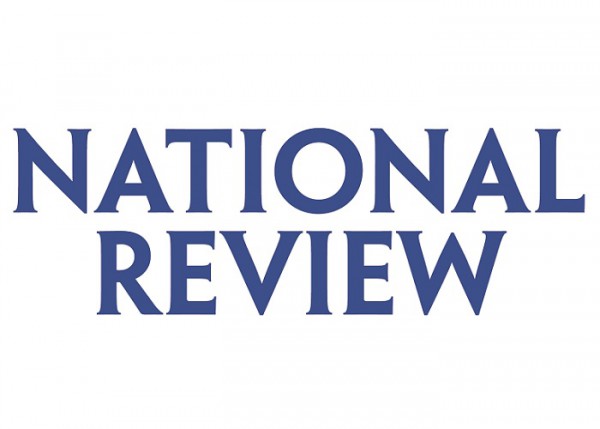
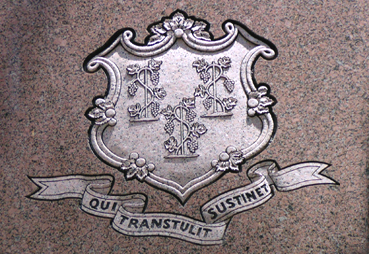 Recent articles by The New York Times and Atlantic are referred to, noting that they also reflected poorly on the state’s current condition. National Review adds to the journalistic observations of a state filled with seemingly intractable dilemmas, noting that “Connecticut’s tax system is currently so dependent on the incomes of Fairfield County high-earners — as Governor Malloy has often made clear — that even the slightest variations can trigger a budget crisis.” The article adds, however, that “finance lies somewhere near the bottom of a long list of factors in explaining the current state of Connecticut.”
Recent articles by The New York Times and Atlantic are referred to, noting that they also reflected poorly on the state’s current condition. National Review adds to the journalistic observations of a state filled with seemingly intractable dilemmas, noting that “Connecticut’s tax system is currently so dependent on the incomes of Fairfield County high-earners — as Governor Malloy has often made clear — that even the slightest variations can trigger a budget crisis.” The article adds, however, that “finance lies somewhere near the bottom of a long list of factors in explaining the current state of Connecticut.” The U.S. Department of Education July 2016 Data Point report from the National Center for Education Statistics includes data from the School Crime Supplement (SCS) to the National Crime Victimization Survey, a nationally representative sample survey of students ages 12 through 18, which were used to analyze trends in hate-related words. The SCS study is completed every other year.
The U.S. Department of Education July 2016 Data Point report from the National Center for Education Statistics includes data from the School Crime Supplement (SCS) to the National Crime Victimization Survey, a nationally representative sample survey of students ages 12 through 18, which were used to analyze trends in hate-related words. The SCS study is completed every other year. oped by the federal Health Resources and Services Administration notes that “indirect bullying” includes “rumor spreading or encouraging others to exclude a peer.” Bullying is described as “a public health problem and requires a coordinated community response.”
oped by the federal Health Resources and Services Administration notes that “indirect bullying” includes “rumor spreading or encouraging others to exclude a peer.” Bullying is described as “a public health problem and requires a coordinated community response.”

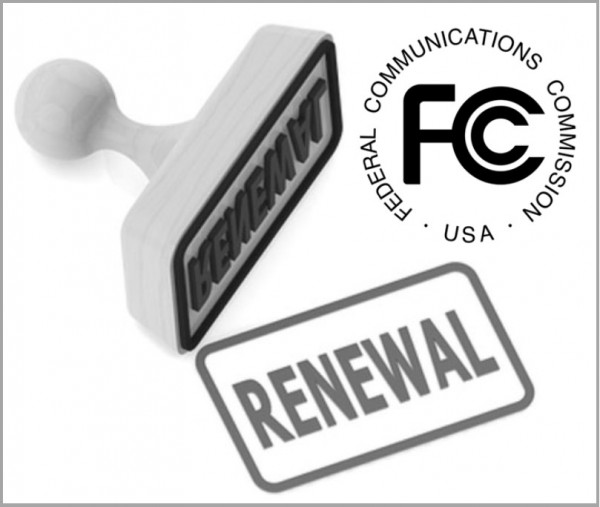

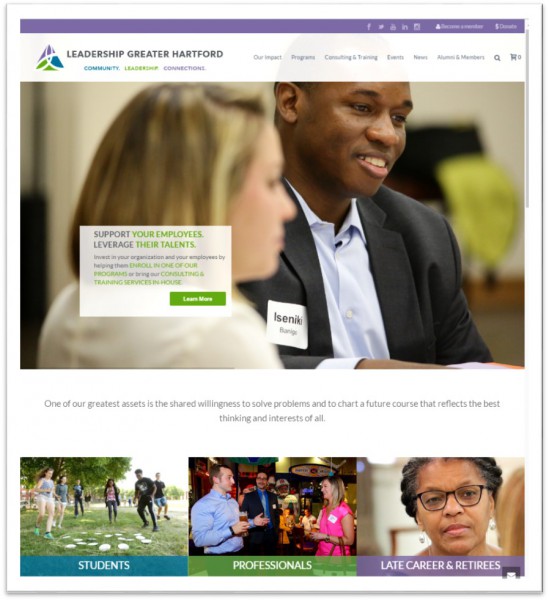 mission,” said Ted Carroll, President of Leadership Greater Hartford. “It is important that our brand reflect the organization we have become and where we will continue to be headed in the future - making our communities better and stronger.”
mission,” said Ted Carroll, President of Leadership Greater Hartford. “It is important that our brand reflect the organization we have become and where we will continue to be headed in the future - making our communities better and stronger.”
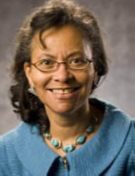 In addition to the expert panel on opioid abuse, there will be more than 30 presenters on public health topics, a presentation on the history of CPHA and public health in the
In addition to the expert panel on opioid abuse, there will be more than 30 presenters on public health topics, a presentation on the history of CPHA and public health in the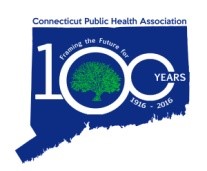 state, and a look forward to the future and innovations on the horizon in health research, policy, and community programs.
state, and a look forward to the future and innovations on the horizon in health research, policy, and community programs.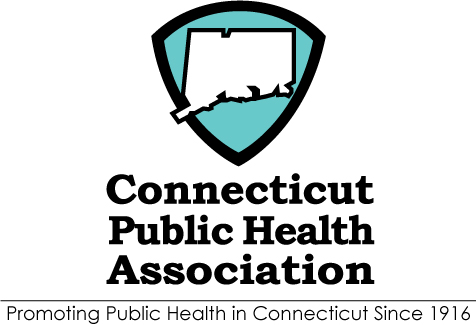 She seeks to broaden the national health debate to include not only universal access to high quality health care but also attention to the social determinants of health (including poverty) and the social determinants of equity (including racism). As a methodologist, she has developed new ways for comparing full distributions of data (rather than means or proportions) in order to investigate population-level risk factors and propose population-level interventions.
She seeks to broaden the national health debate to include not only universal access to high quality health care but also attention to the social determinants of health (including poverty) and the social determinants of equity (including racism). As a methodologist, she has developed new ways for comparing full distributions of data (rather than means or proportions) in order to investigate population-level risk factors and propose population-level interventions.
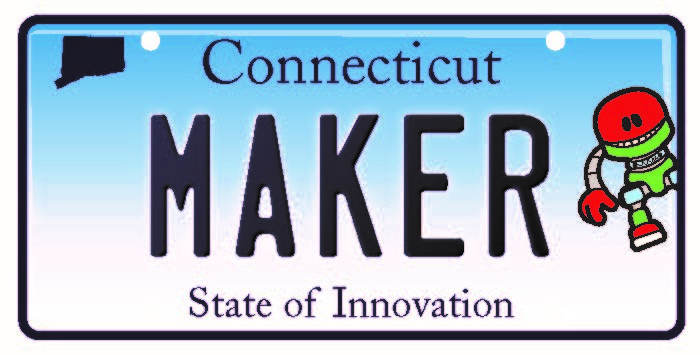 When individuals purchase a Keep Kids Safe plate, a portion of the fee goes to the Keep Kids Safe Fund, which “makes many worthy projects happen for youngsters.” The fund awards grants to schools, hospitals, municipalities and other non-profit organizations working to make all Connecticut children safer from severe and preventable injuries, according to the DMV website.
When individuals purchase a Keep Kids Safe plate, a portion of the fee goes to the Keep Kids Safe Fund, which “makes many worthy projects happen for youngsters.” The fund awards grants to schools, hospitals, municipalities and other non-profit organizations working to make all Connecticut children safer from severe and preventable injuries, according to the DMV website.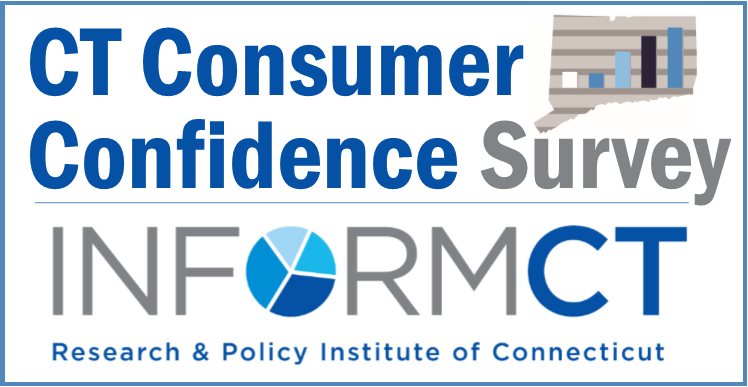
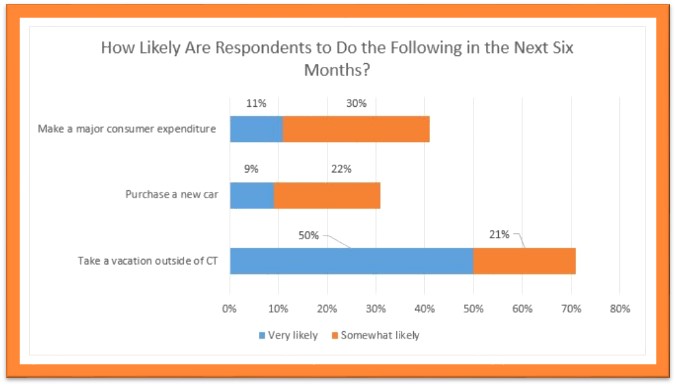 Increasingly, residents believe that jobs are “very hard to get” in Connecticut compared with six months ago (from about one-quarter to one-third of those surveyed in Q2 2016 versus Q2 2015), and are, in growing numbers, saying they would rather leave than stay.
Increasingly, residents believe that jobs are “very hard to get” in Connecticut compared with six months ago (from about one-quarter to one-third of those surveyed in Q2 2016 versus Q2 2015), and are, in growing numbers, saying they would rather leave than stay.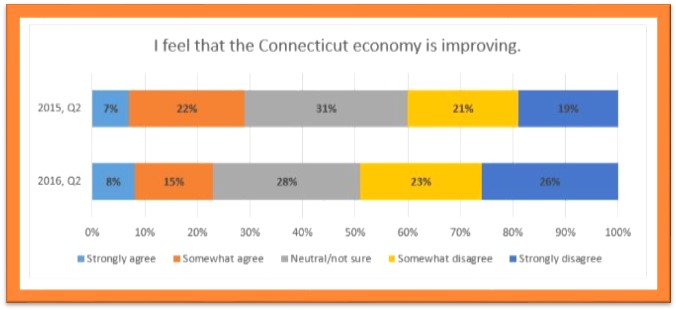 Forty-three percent, an increase from 40 percent in the year’s first quarter, answered “all of the above” when asked if education, libraries, public health, public safety and animal control could be provided regionally. Among those services individually, there was slightly greater support for a regional approach to public safety, slightly less for each of the others. The largest increase was for “all” of the services.
Forty-three percent, an increase from 40 percent in the year’s first quarter, answered “all of the above” when asked if education, libraries, public health, public safety and animal control could be provided regionally. Among those services individually, there was slightly greater support for a regional approach to public safety, slightly less for each of the others. The largest increase was for “all” of the services. The
The  A minimum-wage worker in Connecticut would need to work full time for 36 weeks, or from January to September, just to pay for child care for one infant. And a typical child care worker in Connecticut would have to spend 63.6% of her earnings to put her own child in infant care, according to the data.
A minimum-wage worker in Connecticut would need to work full time for 36 weeks, or from January to September, just to pay for child care for one infant. And a typical child care worker in Connecticut would have to spend 63.6% of her earnings to put her own child in infant care, according to the data.



























